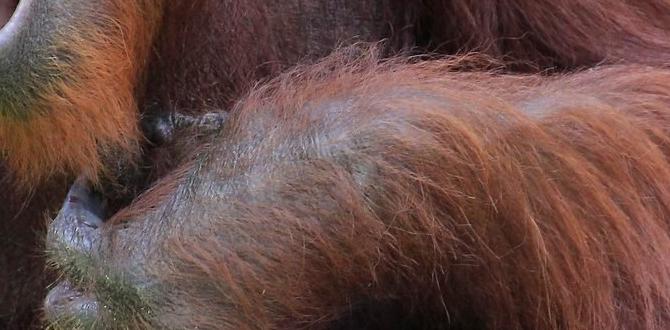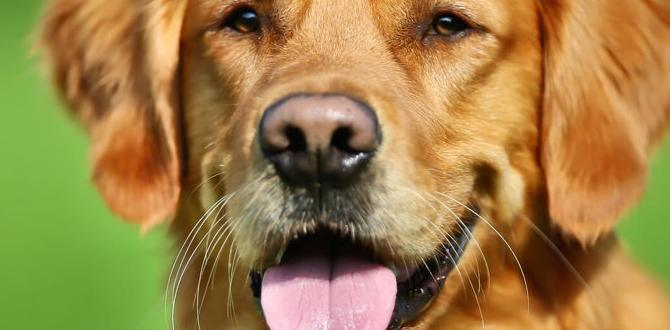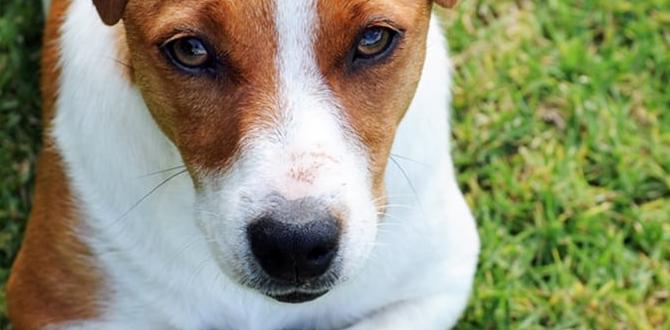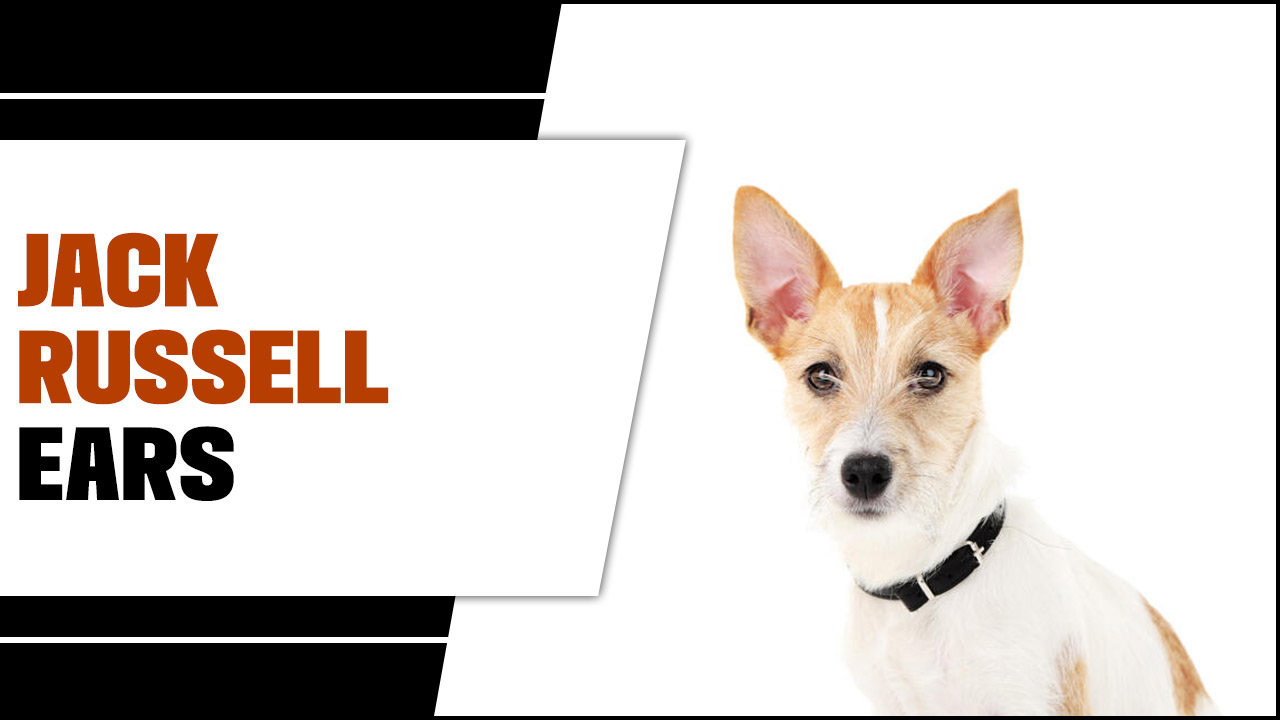Have you ever met a dog that barks and growls loudly? Some dogs can be aggressive, and it can be scary. But don’t worry! With the right tips, you can help dogs behave better. This article shares aggressive dog behavior tips that can make a difference. Let’s learn how to help our furry friends stay calm and happy!
Key Takeaways
- Always stay calm around an aggressive dog.
- Understand why dogs show aggressive behavior.
- Aggressive dog behavior tips can help improve a dog’s actions.
- Consult a vet if aggression continues.
- Training a dog takes time and patience.
Aggressive Dog Behavior Tips: Stay Calm
Staying calm is the first step when dealing with aggressive dogs. Dogs sense fear and react to it. When you are calm, the dog feels less threatened. Use a quiet voice and avoid sudden movements. Give the dog space and time to relax. Approach slowly and let the dog sniff your hand. This shows you are not a threat. Remember, a calm person helps calm a dog.
- Speak softly to the dog.
- Move slowly and gently.
- Keep a safe distance.
- Offer treats if the dog is calm.
- Avoid eye contact at first.
Understanding body language is key. A wagging tail isn’t always happy; it can mean stress. A stiff body or bared teeth shows tension. By recognizing these signs, you can adjust your actions. Patience is essential in calming an aggressive dog. Each dog is different, so observe and learn what works best.
Fun Fact: Dogs can sense emotions in humans, just like they do with other dogs!
Why Do Dogs Get Aggressive?
Have you ever wondered why some dogs act aggressively? Dogs can become aggressive for many reasons. Sometimes they are scared or feel threatened. Other times, they might be protecting their territory or puppies. Understanding the cause of aggression helps in finding solutions. Always watch for signs before the aggression starts. It can prevent problems and keep everyone safe.
How to Tell If a Dog Is Aggressive
Can you tell when a dog is feeling aggressive? Look for warning signs. Growling, stiff body language, and bared teeth are common signs. Sometimes, dogs might bark loudly or snap at the air. Watching for these signs helps you act quickly to prevent danger. Practice observing dogs during walks or visits to the park. The more you know, the safer you can be.
What to Do When a Dog Shows Aggression
Do you know how to react when a dog shows aggression? Stay calm and step back slowly. Avoid turning your back or running away. Running can trigger a chase, making the situation worse. Speak to the dog in a soothing voice. Use commands like “sit” or “stay” if the dog knows them. These steps can help diffuse the aggression and make the dog feel secure.
Identify Aggression Triggers
Identifying what triggers a dog’s aggression is important. Different things can provoke aggressive behavior. Loud noises, strange people, or other animals can be triggers. Watch your dog’s reactions to different environments. Knowing these triggers helps manage situations better. Once you know them, you can work on solutions to avoid or minimize them.
- Observe dog reactions to loud noises.
- Notice responses to new people or animals.
- Check behavior changes in different places.
- Keep a journal of triggers noticed.
- Consult with a trainer for specific triggers.
Once you identify triggers, you can plan ahead. For example, if loud noises are a trigger, create a safe, quiet space. If meeting new people causes stress, introduce them slowly and in a calm manner. Over time, with patience, you might notice improvements in the dog’s behavior.
Fun Fact: Dogs have a keen sense of hearing, much stronger than humans!
Common Aggression Triggers
Do you know common triggers that cause aggression in dogs? Many dogs react aggressively to unfamiliar animals or people. The sound of fireworks or thunderstorms is another common trigger. Even certain gestures or sudden movements can intimidate a dog. Learning these common triggers allows you to anticipate and prevent issues. Observing your dog’s unique triggers is equally important.
Why Understanding Triggers Helps
Have you ever thought about why it is important to understand aggression triggers? When you know what upsets your dog, you can help them feel safer. Reducing exposure to triggers minimizes stress and aggression. This understanding builds trust between you and your dog. A happier dog means a happier family, making everyday life better for everyone involved.
How to Minimize Aggression Triggers
Do you want to know how to minimize aggression triggers? Create a calm environment for your dog. Use soft music or white noise during loud events like fireworks. Introduce new experiences slowly and with treats as rewards. Training sessions can also help. Keeping your dog engaged and stimulated with activities reduces stress. Consistency is key to gradual improvement.
Training Techniques for Aggressive Dogs
Training is crucial in handling aggressive dogs. Proper training techniques can transform behavior. Start with basic commands like “sit,” “stay,” and “come.” Use positive reinforcement techniques with treats and praise. Training sessions should be short, fun, and consistent. They help build the dog’s confidence and trust. Always remember, training is a gradual process. Patience and consistency are your best friends.
- Start with basic commands.
- Use positive reinforcement.
- Keep training sessions short and fun.
- Be patient and consistent.
- Involve family members in training.
Involve family members in training sessions. This helps the dog learn to respond to everyone. It’s also a fun way to bond with your pet. Consult professional trainers if needed. They provide guidance and address specific issues. Remember, every dog is different. Tailor training techniques to your dog’s unique personality.
Fun Fact: Dogs learn new commands faster with positive reinforcement!
Why Is Training Important?
Why is training important for aggressive dogs? Training teaches dogs how to behave in different situations. It helps control aggressive tendencies. A well-trained dog is a happier and safer pet. Training also strengthens the bond between the dog and owner. You can enjoy more activities together, like walks and visits to the park. This enriches a dog’s life and yours too.
Effective Training Tools
Do you know what tools can help in dog training? Treats and toys are great motivators. Clickers are helpful for marking desired behavior. Use leashes and harnesses for safety during walks. A calm voice and gentle touch reassure dogs during training. These tools create a positive learning experience. They make training enjoyable for both the dog and you.
How to Keep Training Fun
Do you want to make training a fun experience? Keep sessions short and lively. Use games to teach commands. Reward successes with treats and praise. Change the environment to keep things exciting. A happy dog learns faster and looks forward to training. Remember, a little fun goes a long way in achieving great results.
Seek Professional Help When Needed
Sometimes, dealing with aggressive behavior requires expert help. Recognizing when to call a professional is crucial. Professionals have the skills and experience to address severe aggression. They work with you to develop a tailored plan for your dog. Consulting professionals ensures that you are using the best techniques. This guidance can make a significant difference in your dog’s behavior.
- Contact professionals for severe aggression.
- Trust their expertise and advice.
- Follow their tailored training plans.
- Be consistent with their recommendations.
- Monitor progress and make adjustments.
Sometimes, aggression can be a sign of underlying issues. Professionals help identify these issues. They offer solutions to address them effectively. Don’t hesitate to ask for help. Ensuring your dog’s well-being is a top priority. Remember, seeking help shows you care and want the best for your dog.
Fun Fact: Professional dog trainers can teach dogs over 200 commands!
When to Contact a Professional
Do you wonder when to call a professional for help? If aggression worsens or becomes dangerous, seek help immediately. When training at home does not improve behavior, a trainer is beneficial. They provide guidance and solutions for complex cases. Understanding when to seek help can prevent accidents and ensure everyone’s safety.
Benefits of Professional Training
What are the benefits of professional training for aggressive dogs? Professionals provide valuable insights and techniques. They help tailor a training plan for your dog’s needs. With expert guidance, you can see faster progress. Professional training builds your confidence in handling difficult situations. This support benefits both you and your dog in the long run.
How Professionals Approach Aggression
Do you know how professionals handle aggression in dogs? They assess the dog’s behavior and triggers. Using their expertise, they develop a step-by-step plan. This plan often involves behavior modification techniques. Professionals work closely with you to implement these strategies. Their goal is to achieve long-lasting improvements in behavior.
Conclusion
Helping an aggressive dog is a journey. With patience and the right aggressive dog behavior tips, you can succeed. Stay calm and identify triggers. Use training techniques and seek help if needed. Remember, every dog is unique. Tailor your approach to fit your dog’s needs. Together, you can create a happy and safe environment for everyone.
FAQs
Question: What should I do first if my dog is aggressive?
Answer: Stay calm and give your dog space. Observe any triggers causing aggression. Begin using aggressive dog behavior tips to address these issues. Consistency and patience are crucial in managing aggression.
Question: Why is my dog suddenly aggressive?
Answer: Sudden aggression can result from pain, fear, or environmental changes. Identifying the cause is essential. If unsure, consult a vet. Using aggressive dog behavior tips can help manage these emotions.
Question: Can training stop aggressive behavior completely?
Answer: Training helps reduce aggression significantly. However, complete elimination depends on the dog’s nature. Consistent use of aggressive dog behavior tips is essential. Professional help may be needed for severe cases.
Question: How do I know if my dog’s aggression is dangerous?
Answer: Signs of dangerous aggression include biting, lunging, and uncontrollable behavior. If these signs appear, seek professional help immediately. Early intervention can prevent accidents and harm.
Question: Are certain breeds more aggressive than others?
Answer: Aggression can occur in any breed. However, some breeds are more prone due to genetics. Proper training and socialization are key for all breeds. Focus on individual behavior rather than breed stereotypes.
Question: Can aggression in dogs be cured?
Answer: Aggression can often be managed and reduced. Complete cure varies by individual dog and situation. Consistent training and understanding of aggressive dog behavior tips play a vital role in improvement.
Meet Elyse Colburn, the devoted canine companion and storyteller behind the enchanting world of “Tales, Tails, and Adventures Unleashed.” A passionate dog enthusiast with a heart full of paw prints, Elyse Colburn shares heartwarming tales and insightful adventures, celebrating the joy, loyalty, and endless antics that make every dog a true hero. Join Elyse Colburn on this tail-wagging journey, where every post is a love letter to our four-legged friends.








